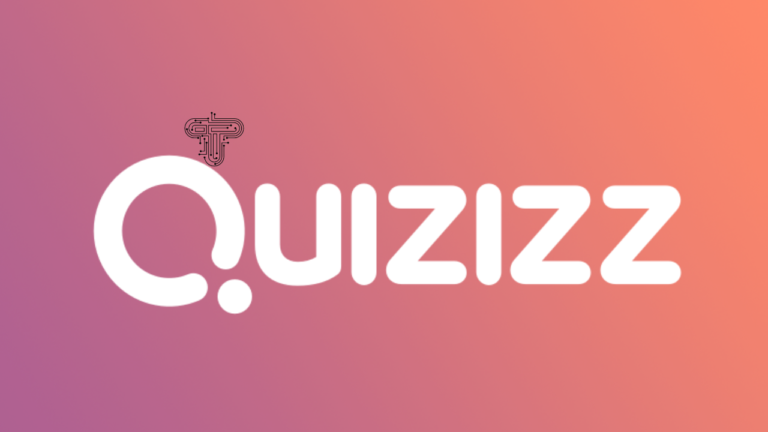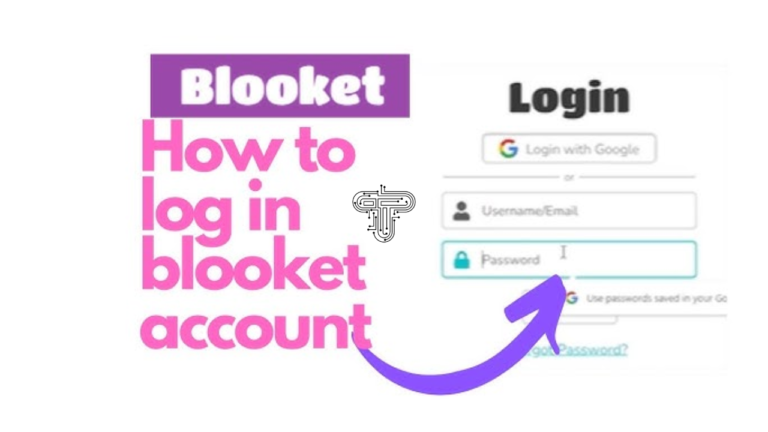How AI For Teaching Is Shaping the Future of Education
Workers of today must face the fact that, even while AI may not replace them in their current positions, workers with AI abilities will undoubtedly replace those without.
What effects will this have on education and learning, considering that the workforce of the future must be prepared for AI? More significantly, what effects is the growing adoption and application of AI having on today’s educators and learners?
Artificial intelligence (AI) is already bringing about significant and disruptive changes in the education environment by giving students new tools to help them with their work and to help them delve deeper into the subject they need to learn.
How Does AI Shape the Future of Education?
You should check into this if you wish to comprehend the growth and function of AI for teaching.
According to a new analysis by Global Industry Estimates, the education sector’s AI industry is projected to be worth approximately USD 20.54 billion by 2027.
Wondering how and why?
Let’s refer to the rundown to know more.
1. Tailored Educational Opportunities
The new digital era is all about customization. Additionally, as education has become an outcome-based enterprise, educators and students alike are focused on customizing learning frameworks to meet the needs of their students. AI is quite helpful in doing that.
By gathering data on student performance and learning gaps, this adaptive learning technology assists teachers in customizing lesson plans for each student. Learners can now fill in knowledge gaps and self-paced courses thanks to AI integration.
2. Increased Reactivity
Real-time engagement and response are essential for modern learning. Natural language processing-based virtual teachers are made possible by AI-driven efficiency. Consider Google’s Socratic or Carnegie Learning’s MATHia, which are models that are pre-fed pertinent data patterns and are able to answer student questions while giving immediate feedback.
They offer practice exercises in addition to explanations and are accessible around the clock. By quickly responding to frequently asked queries and automating duties in accordance with command flows, AI-led chatbots can also assist in reducing administrative burdens.
3. Identification of Knowledge Gaps
Teachers are unable to provide each student with individualized attention in the era of digital learning and e-classrooms. However, systems for distance learning require specialized assistance.
Predictive analysis, a technique that critically evaluates data to identify students who require support, is strengthened by artificial intelligence. This enables teachers to provide support early on and focus their efforts on helping students finish their lessons.
4. Greater Inclusivity and Accessibility
People from underdeveloped regions and those with low language skills are also becoming targeted users of digital platforms due to their widespread use. Artificial intelligence facilitates communication between users, including students with disabilities.
AI-powered text-to-speech, translation, and transcription tools can open up education to students of all backgrounds and skill levels.
5. Efficiency in Administration
Automating processes to increase efficiency is at the heart of artificial intelligence. Lowering operating loads offers learning systems the same benefit.
AI may greatly lessen the workload for human resources in a variety of areas, including scheduling, grading, onboarding, and admissions. You can reduce administrative responsibilities and automate repetitive operations by utilizing AI tools like Google Classroom and Blackboard Assist.
6. Learning a Language
Promoting practical upskilling for talks in the real world has been one of AI’s most useful applications. Additionally, by making learning more participatory, AI-powered systems have undoubtedly improved educational experiences. These platforms use gamification and adaptive learning principles to customize short-term courses based on learners’ success.
Besides, such platforms’ AI integration improves language speaking and comprehension skills by enabling realistic, continuous discussions with AI bots. However, gamifications and prizes driven by AI keep students motivated to finish their courses.
7. Proctoring Exams
Virtual evaluations are the lifeblood of modern learning environments. AI has made it possible for teachers and educational institutions to remotely oversee tests.
Institutions of higher learning can identify suspect activity by using object tracking, eye-hand movement analysis, typing patterns, and auditory clues. These enable them to preserve and expedite the integrity of online tests for equitable grades, which is why artificial intelligence is currently one of the most popular trends in the education industry.
A Comeback for “Soft Skills”
The importance of so-called “soft skills,” which are required to fully benefit from AI systems, will also rise as these technologies depend more and more on human abilities to extract value.
In order to benefit from generative AI prompts, individuals must enhance their critical thinking abilities, communicate more effectively, collaborate with others more, and be as creative as possible.
Over the past few decades, these soft talents have been neglected in favor of the “hard skills” of science, math, physics, biology, and engineering. It’s interesting to note that AI is making soft skills more important so that humans can utilize AI to assist with harder abilities.
The timing of all these educational reforms is particularly dire for postsecondary education. Many people are already questioning the usefulness of highly costly higher education, particularly from historically prominent institutions.
AI is undoubtedly positioned to accelerate many of the fundamental changes in education, given the evolving nature of future jobs, the way individuals can receive education, and the shifting attitudes surrounding costly higher education degrees.
Final Thoughts
Students need to be prepared with the knowledge and abilities to succeed in this new environment as the world grows more digital and linked. These issues can be resolved using AI, which delivers individualized, adaptable, and easily available learning opportunities.
The significance of matching educational objectives with the demands of both students and the workforce is underscored by the lessons learned from previous reforms, such as Common Core. As time goes on, incorporating AI into education could improve learning outcomes while also making sure that learning is accessible and relevant in a world that is changing quickly.







